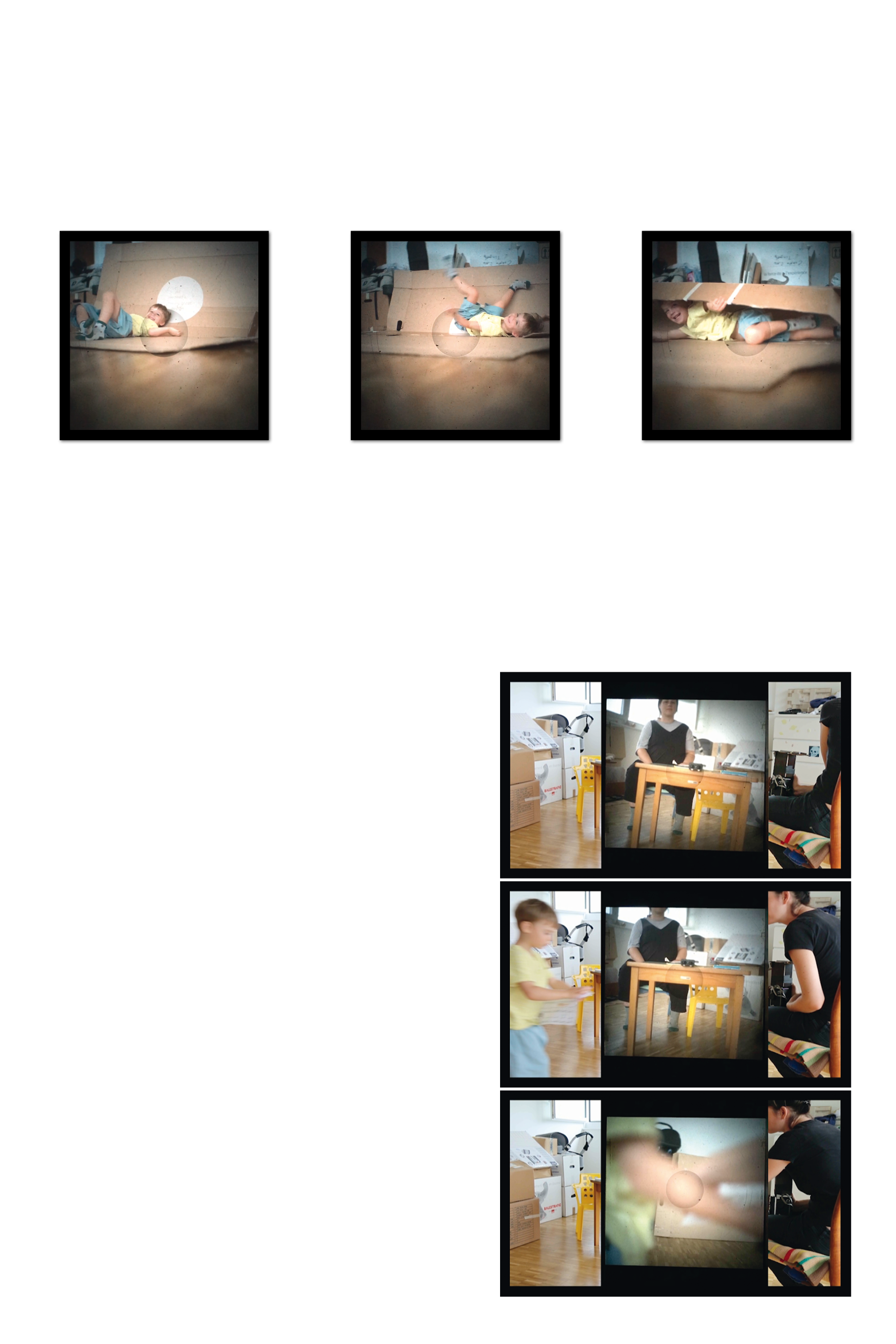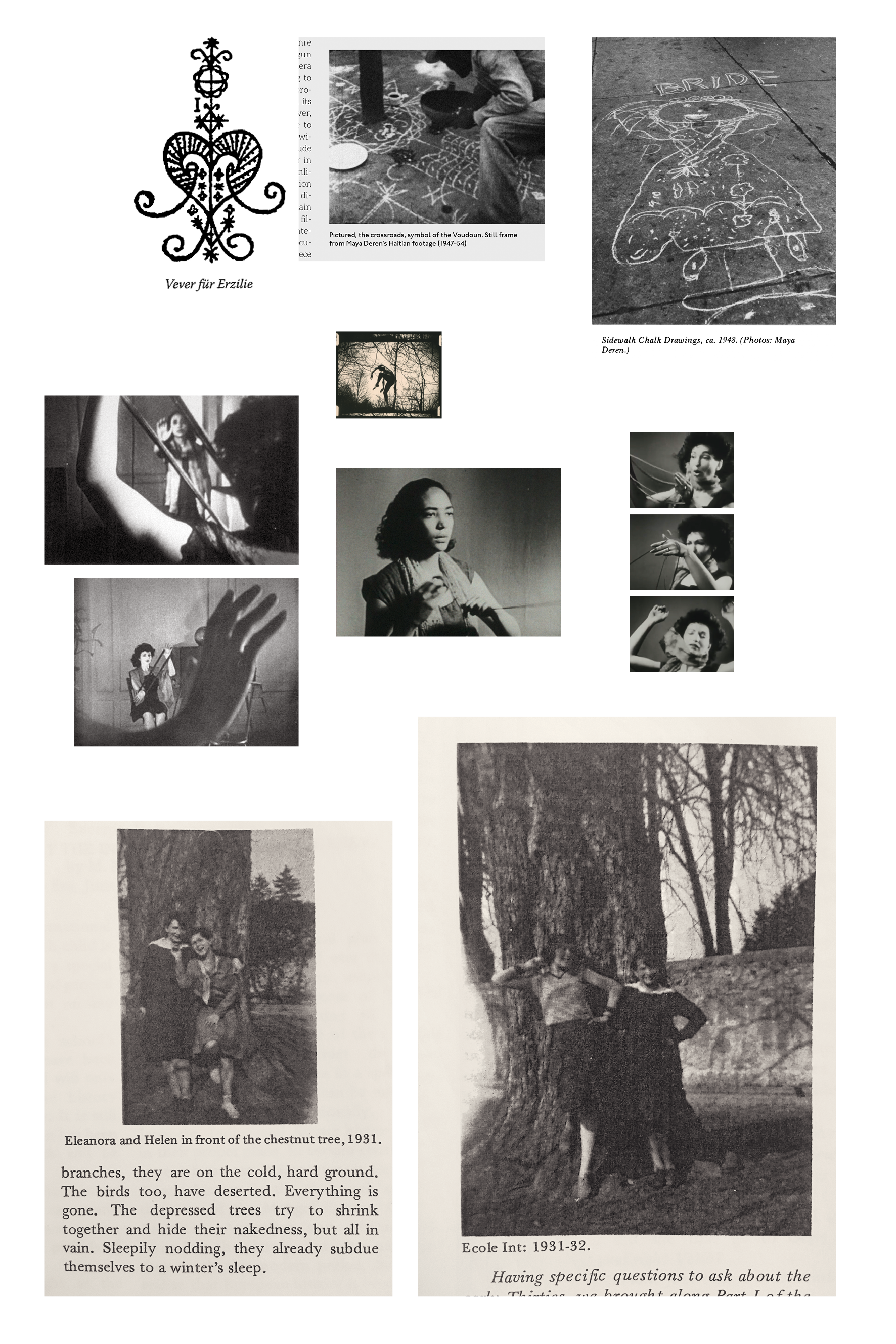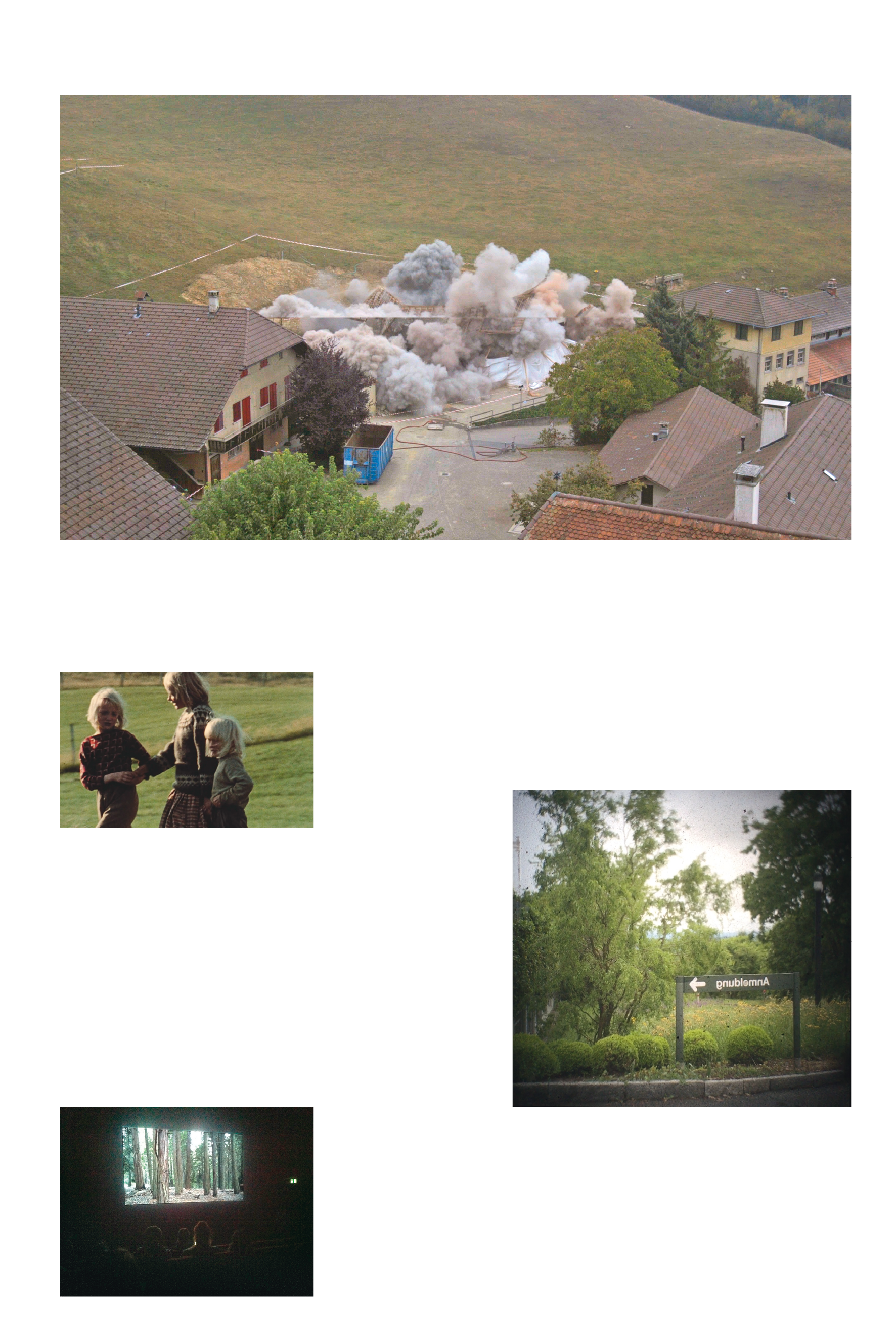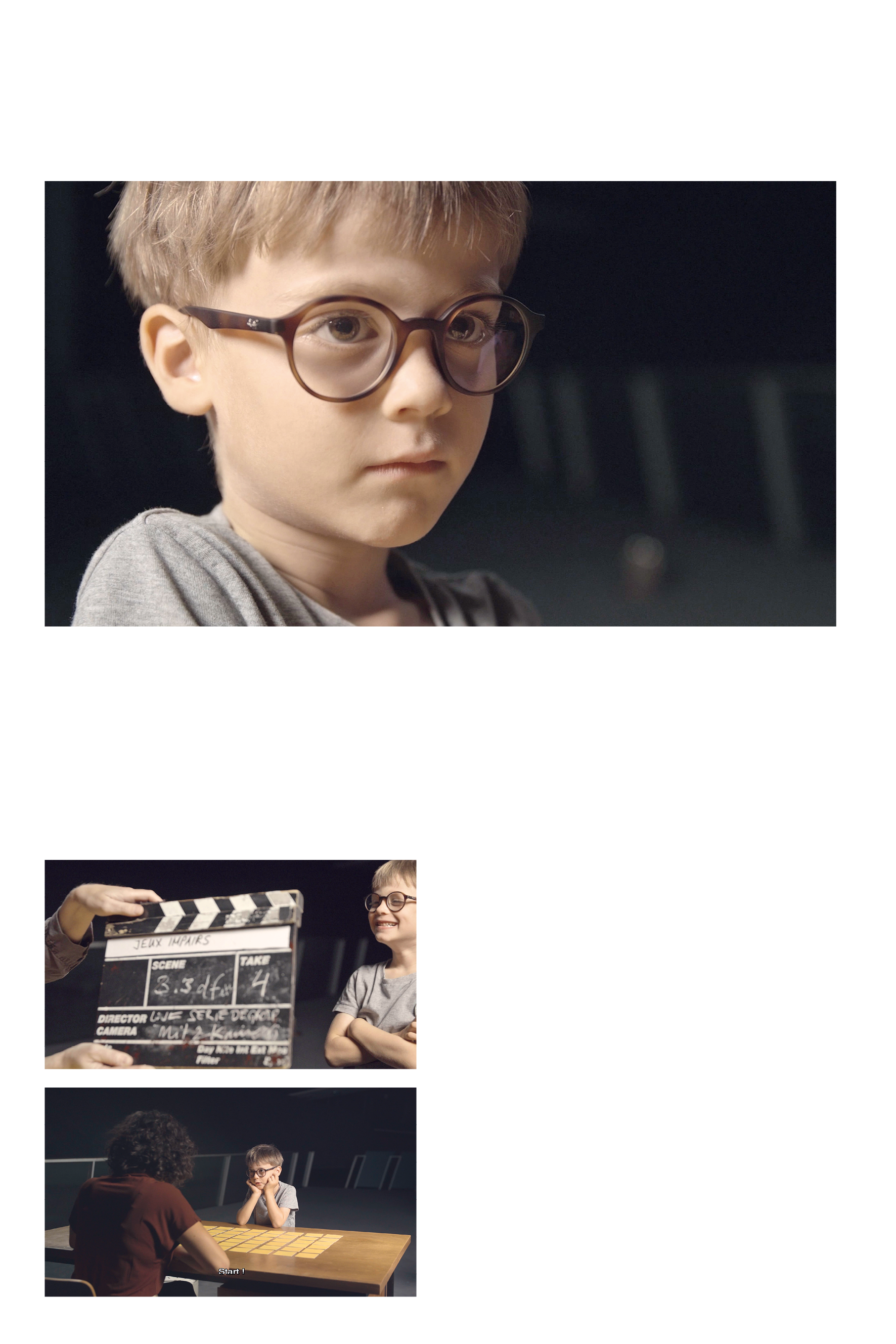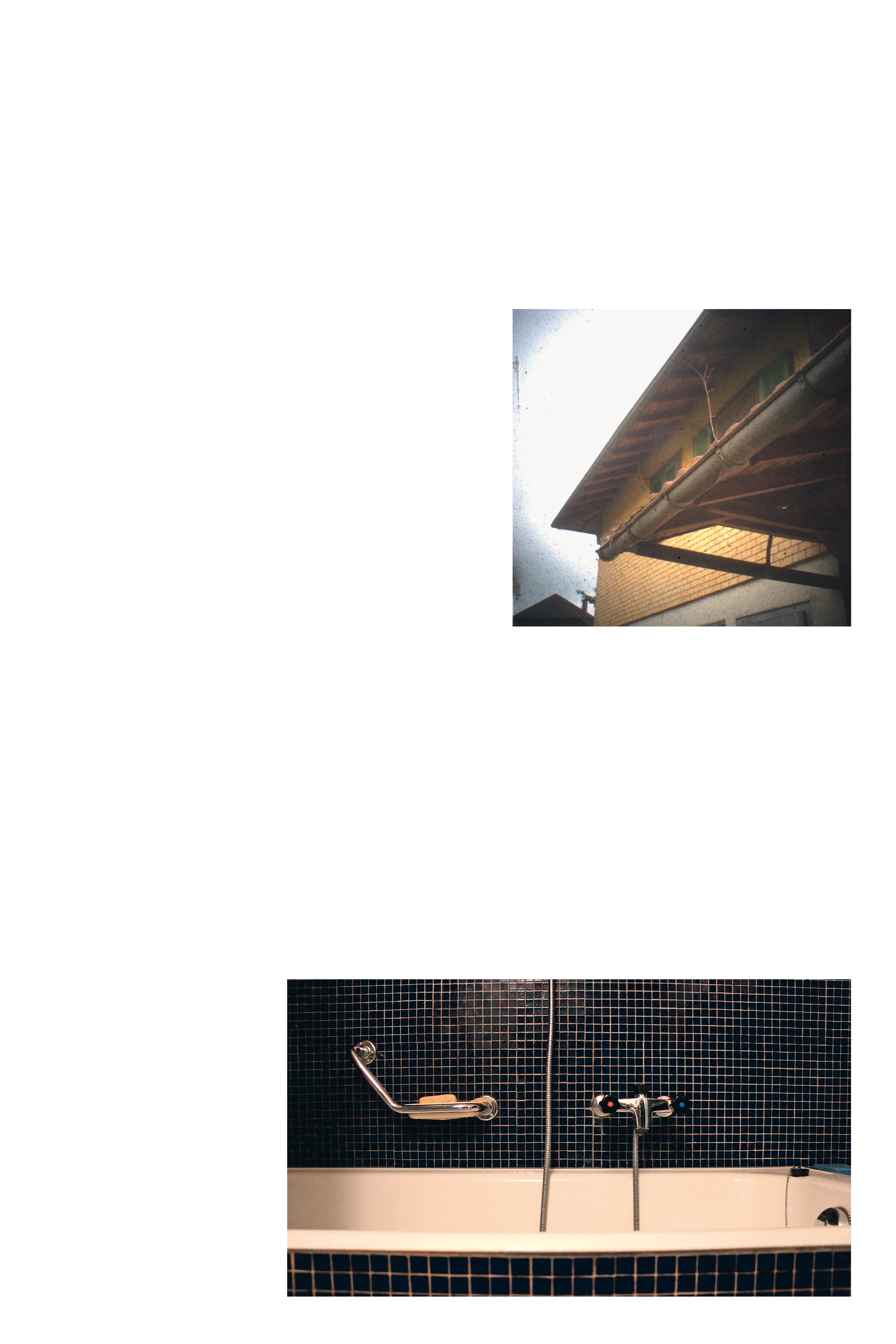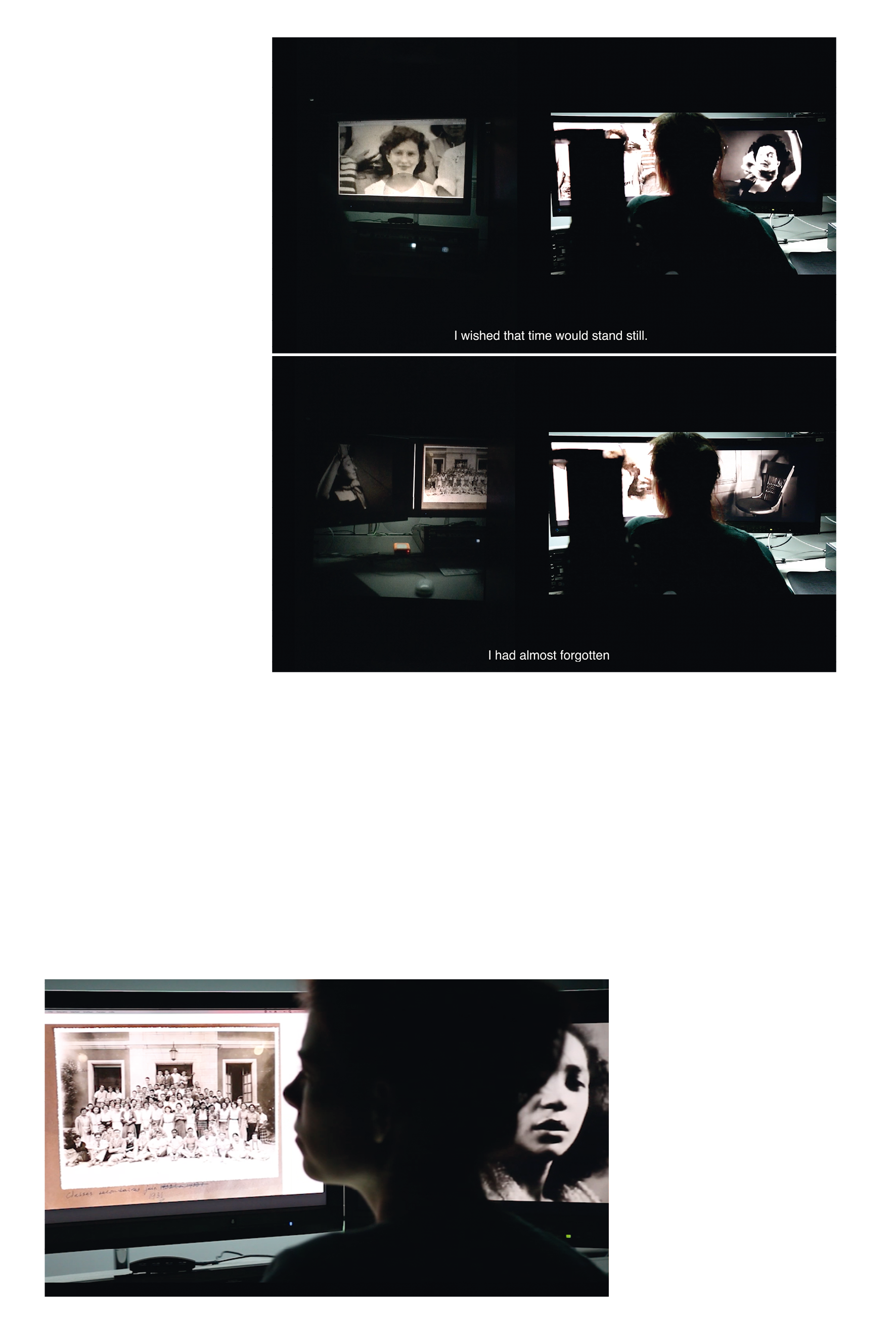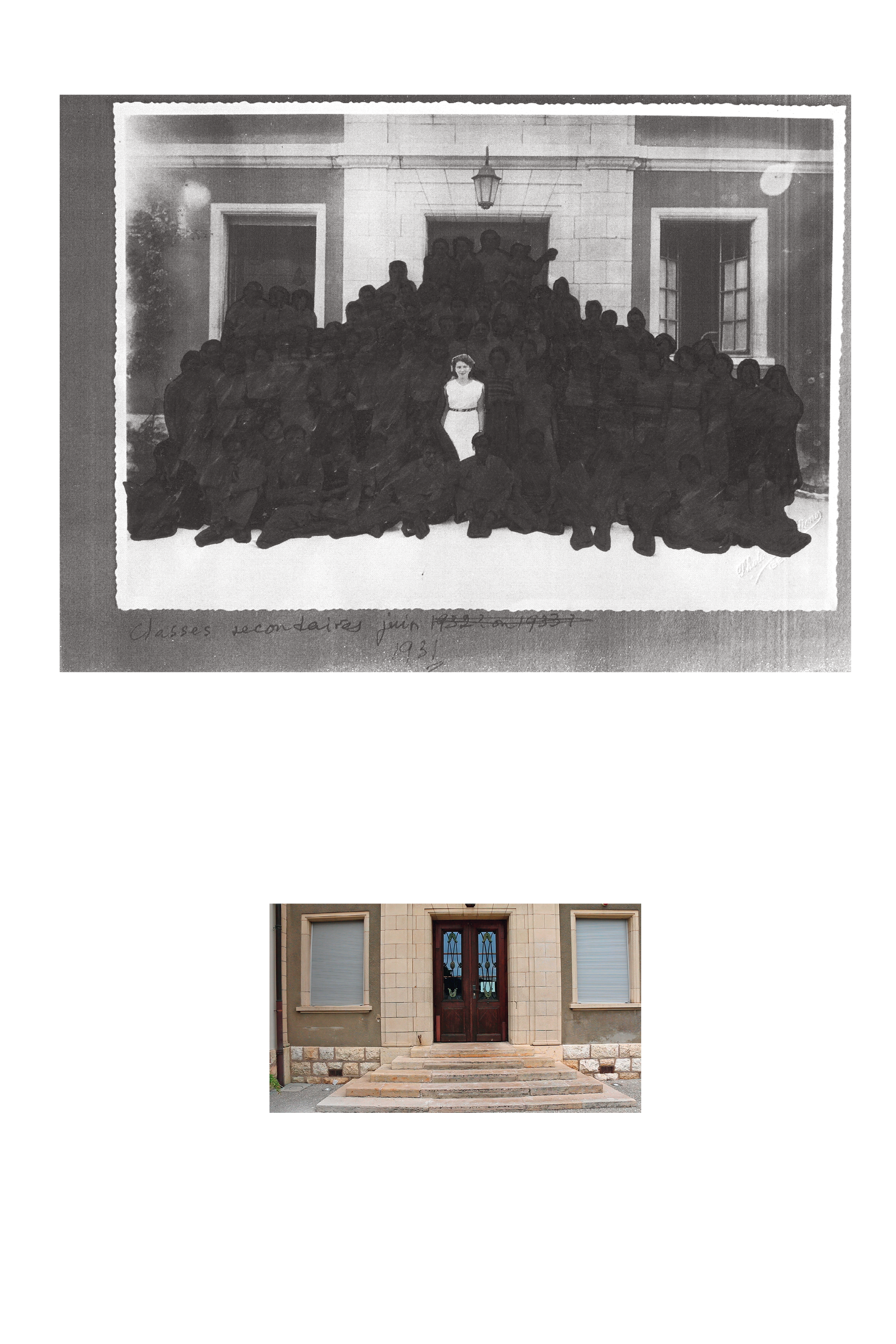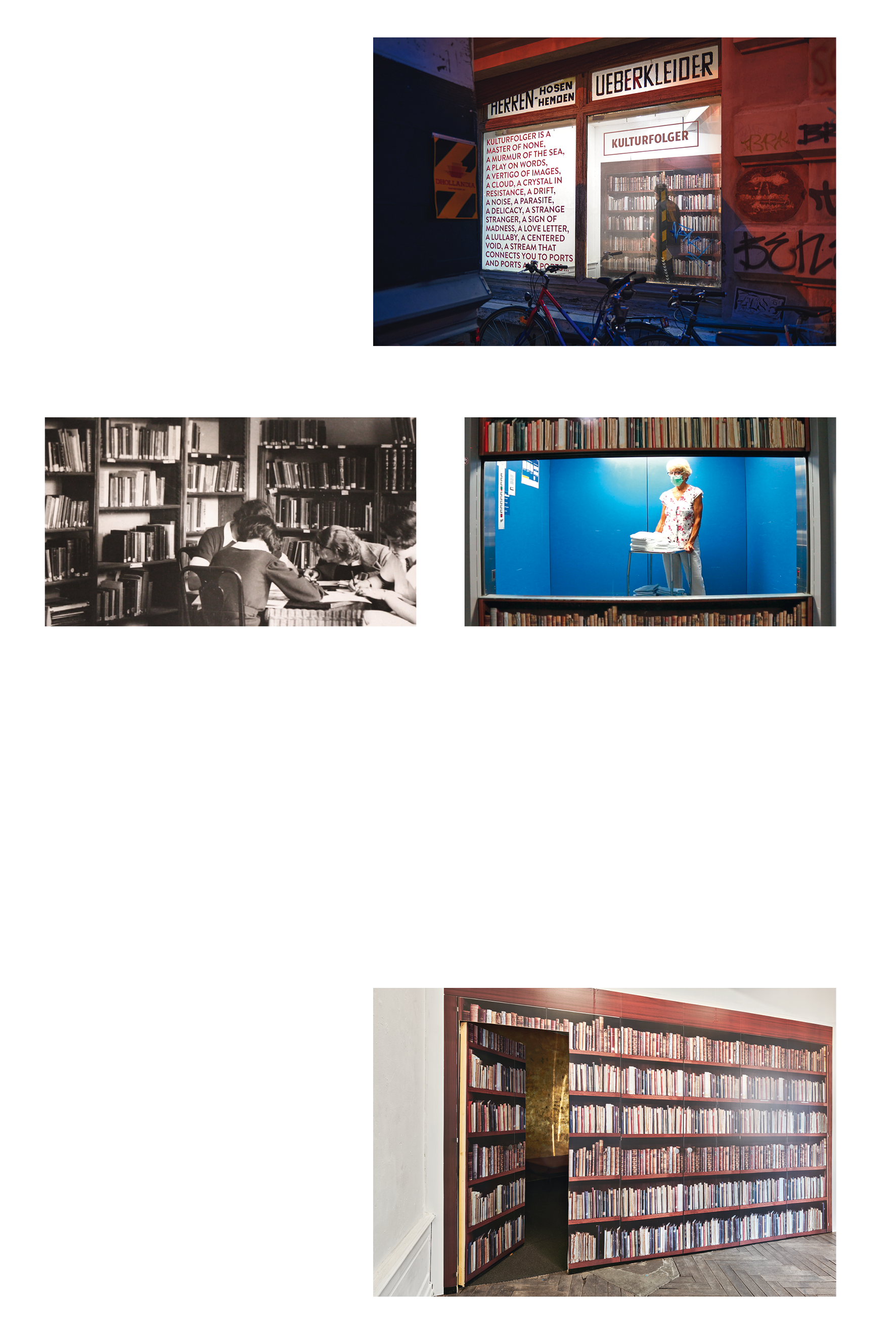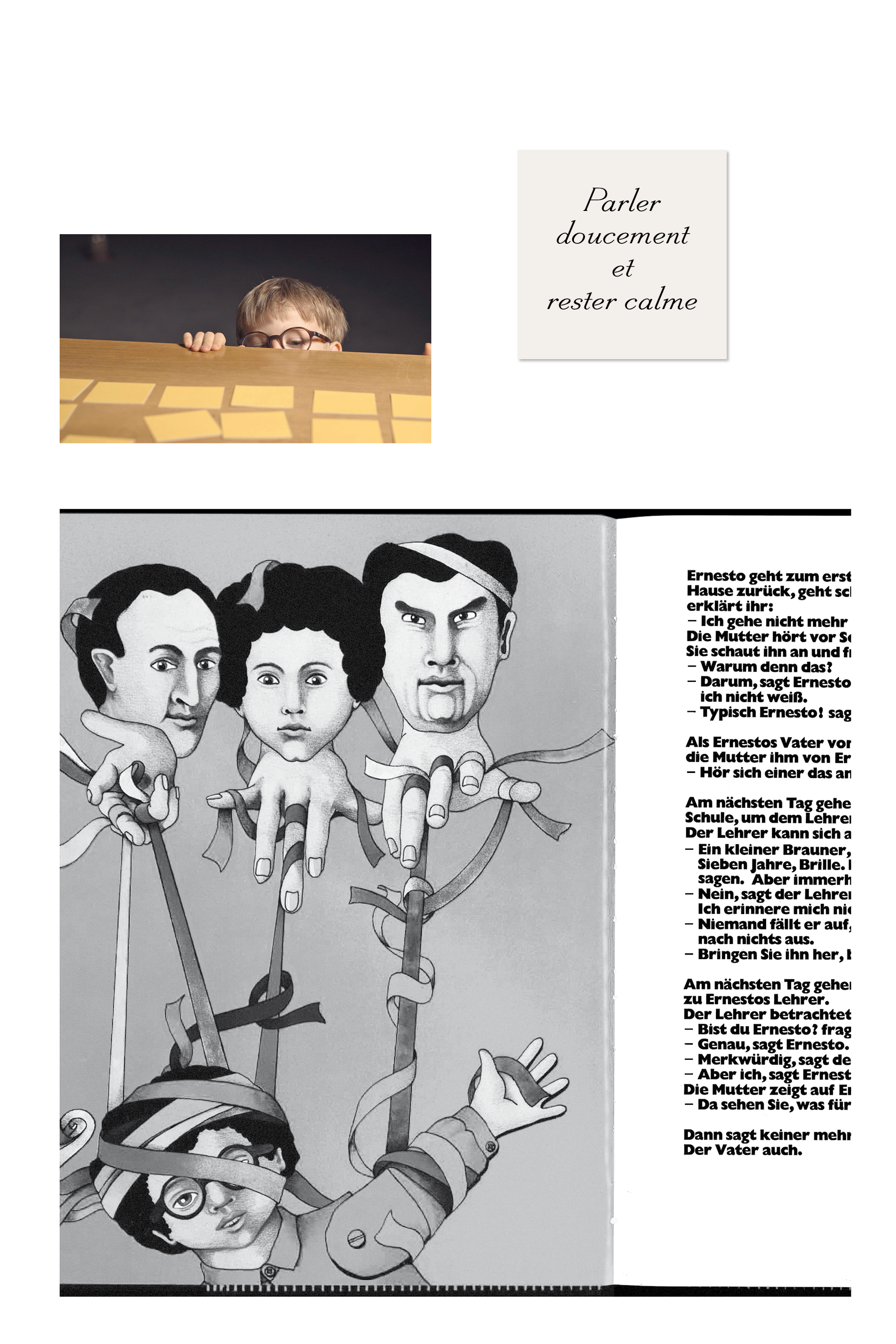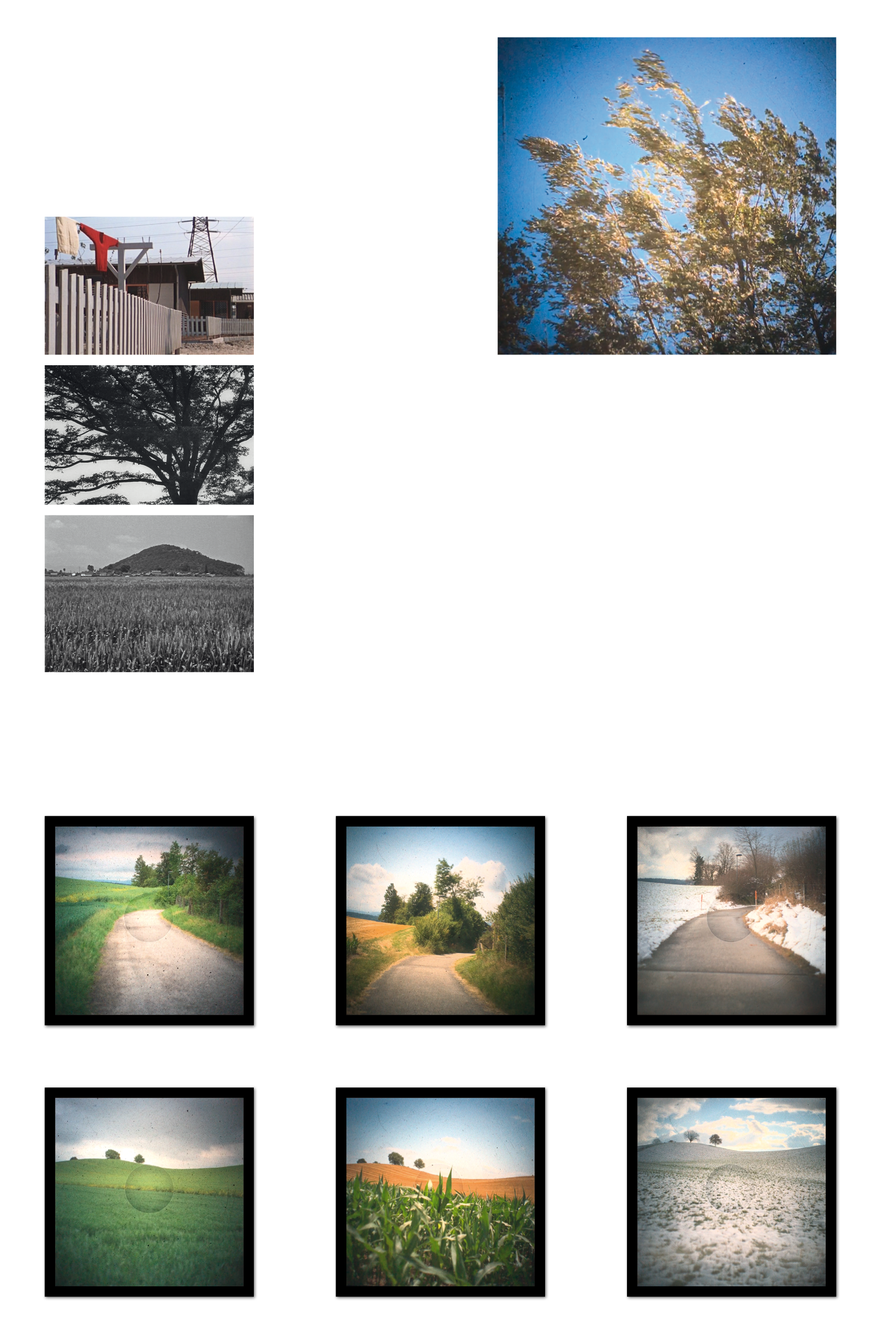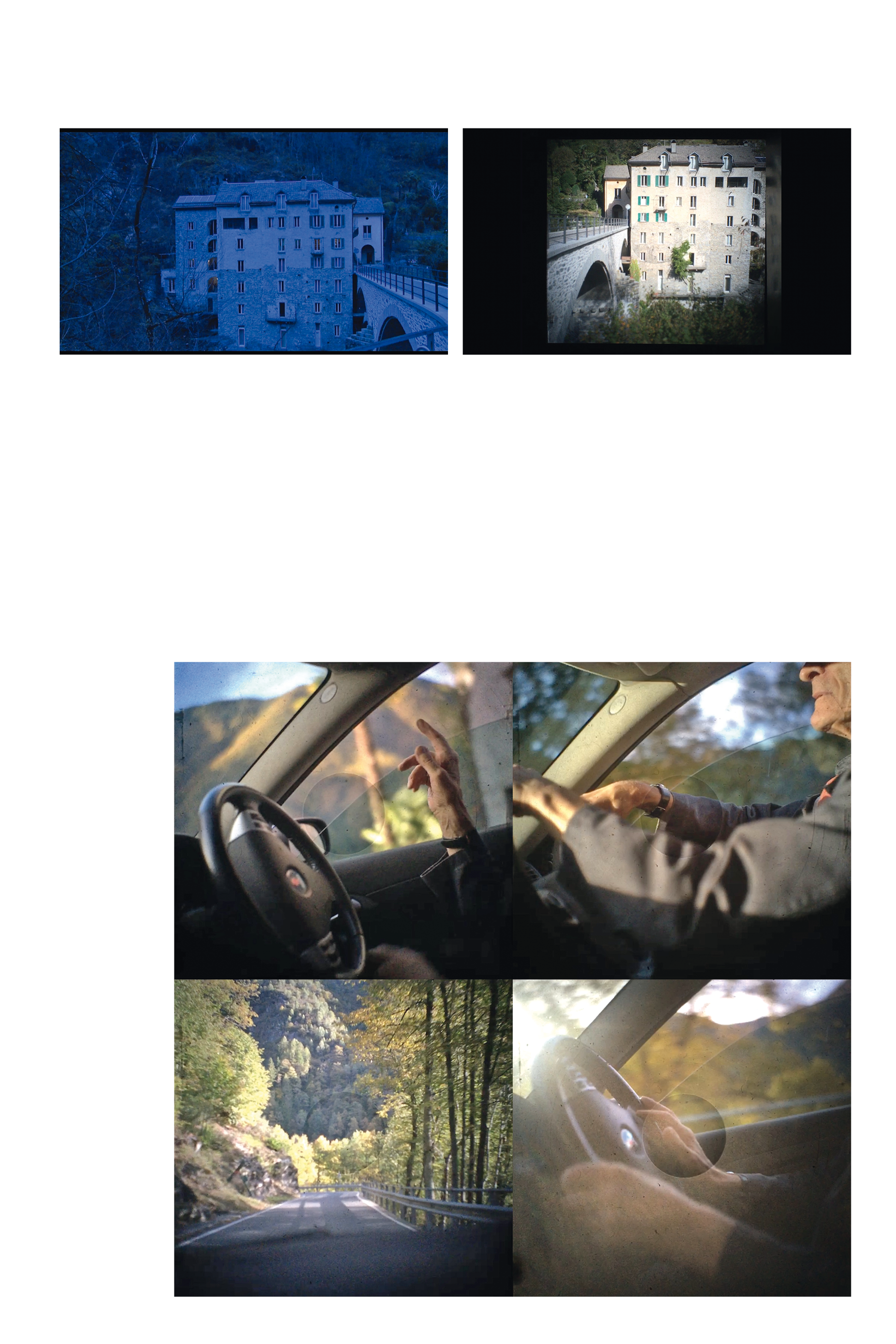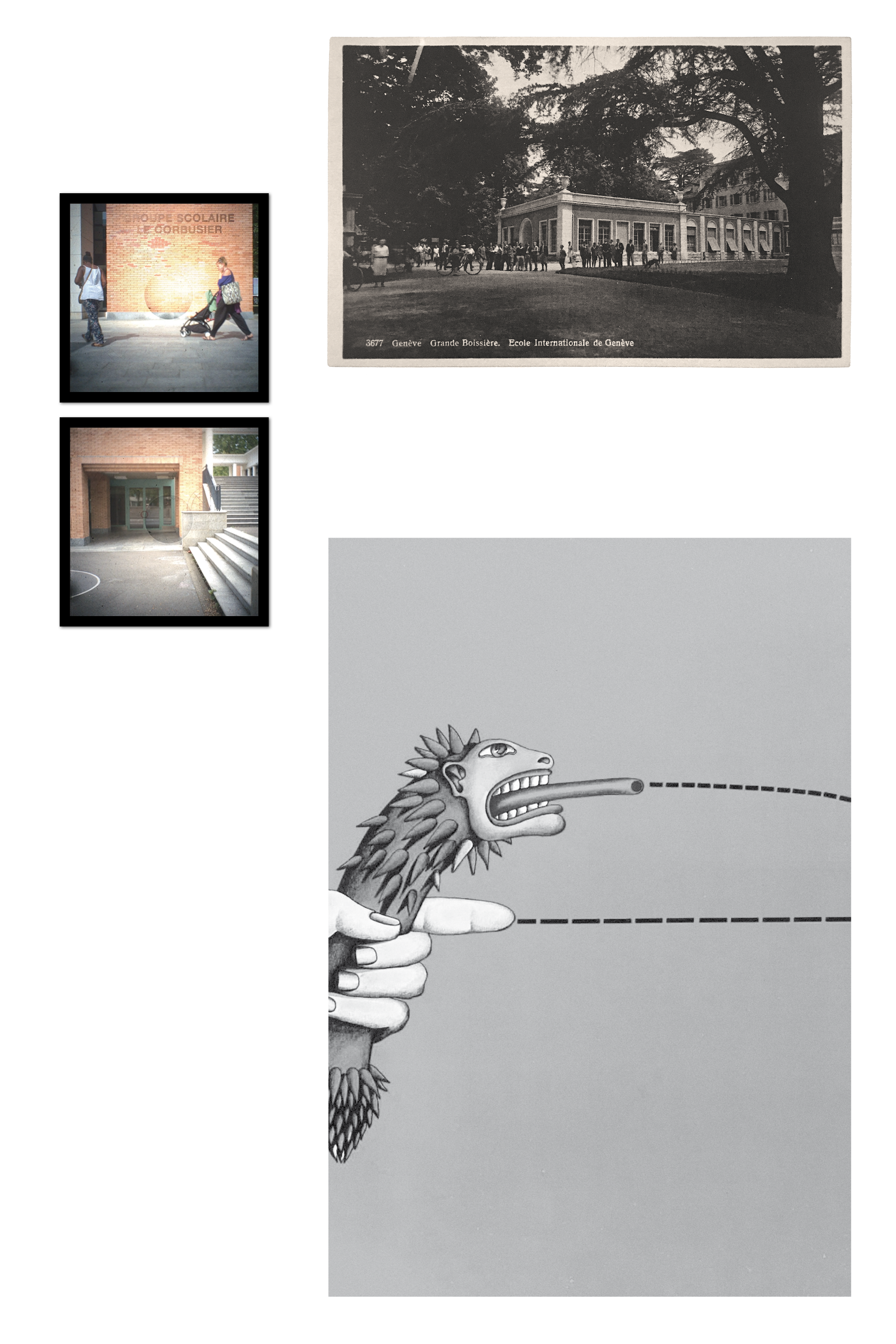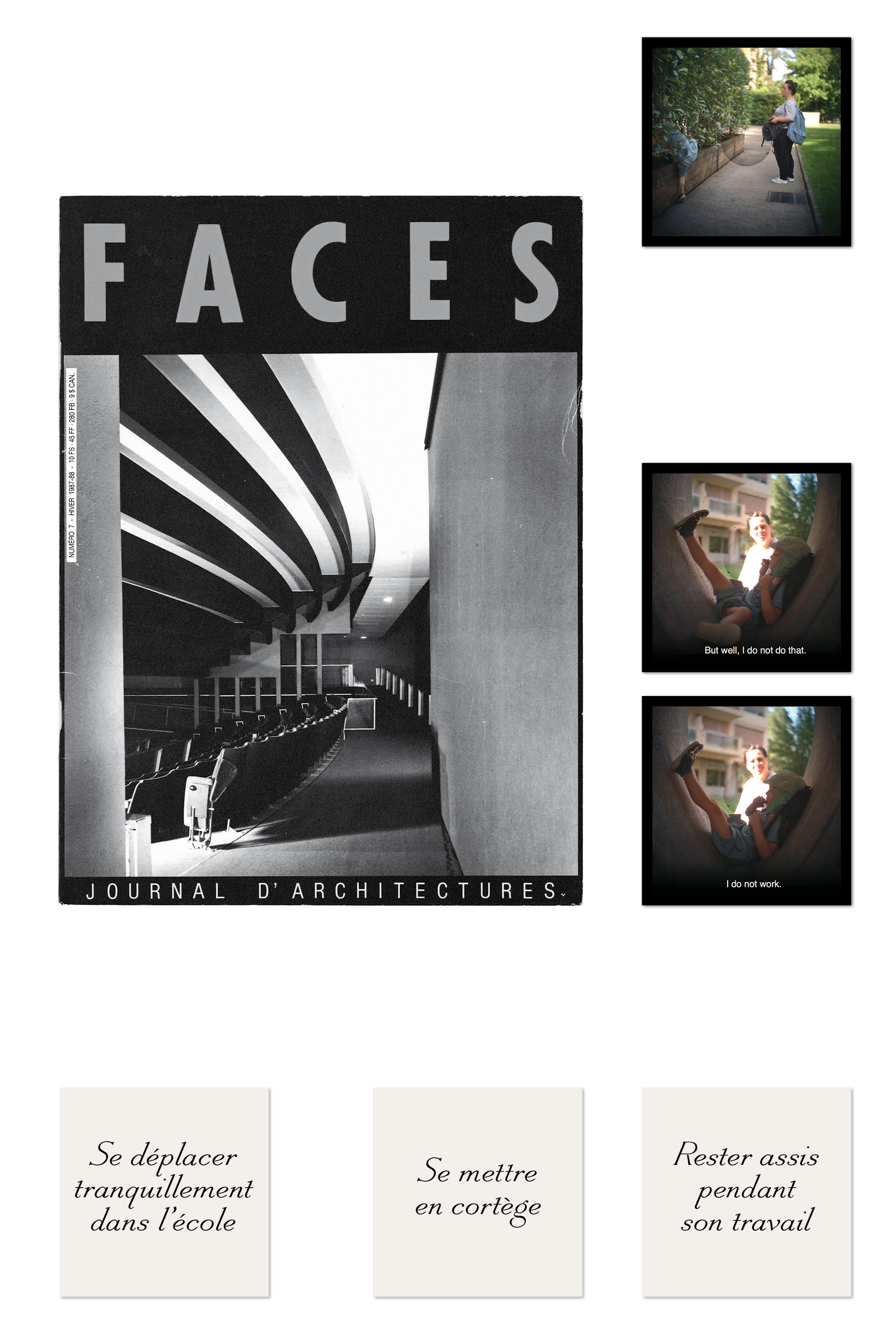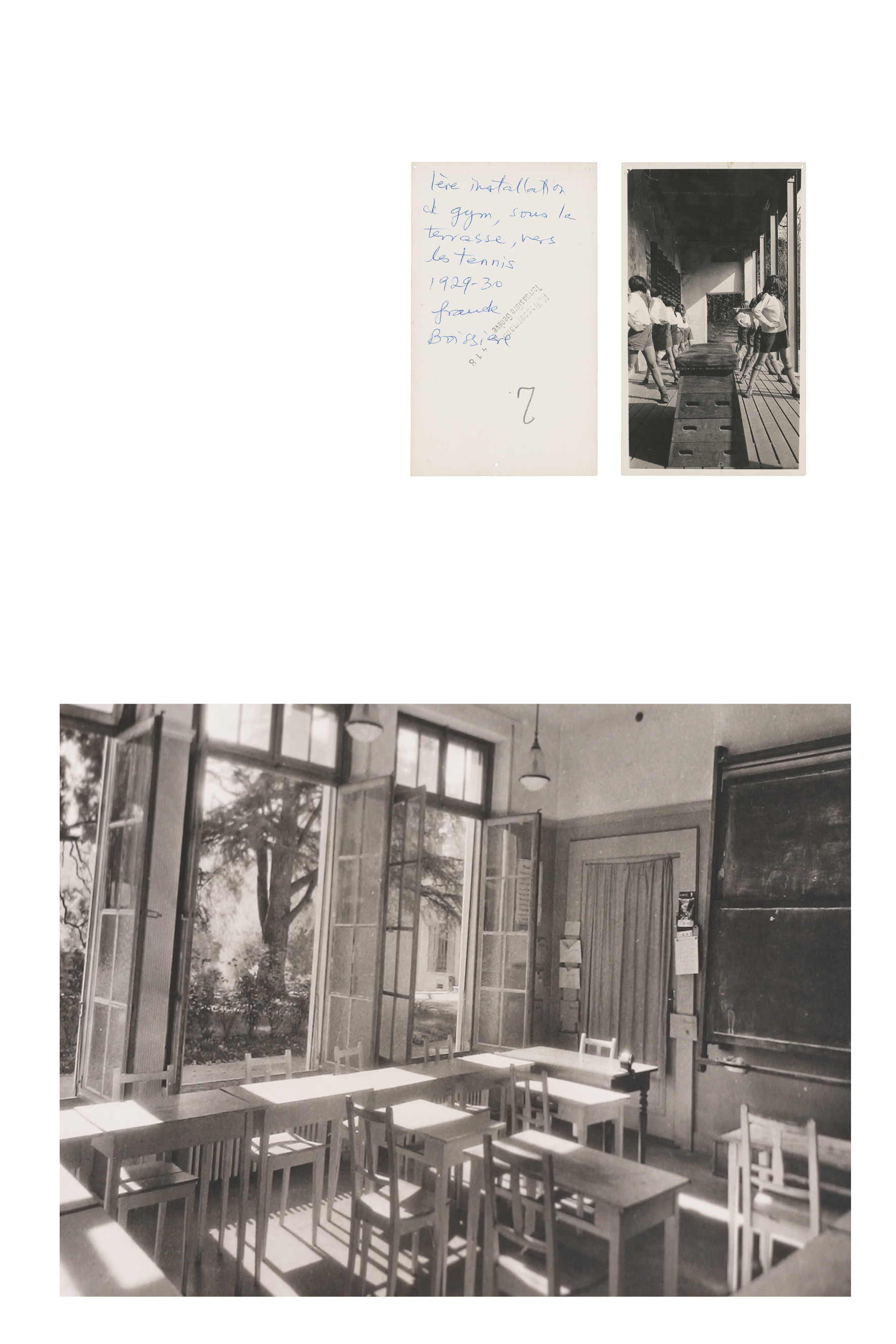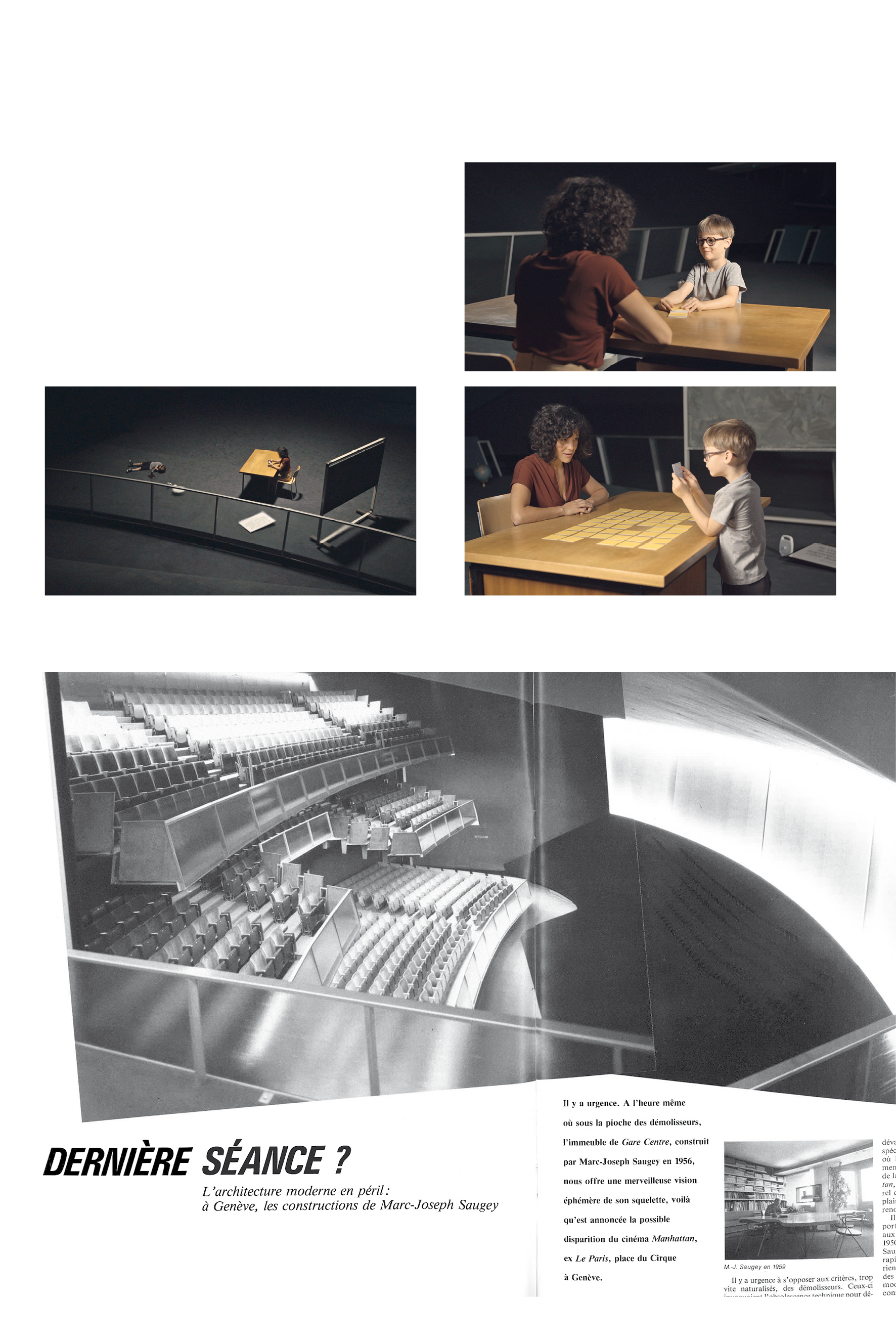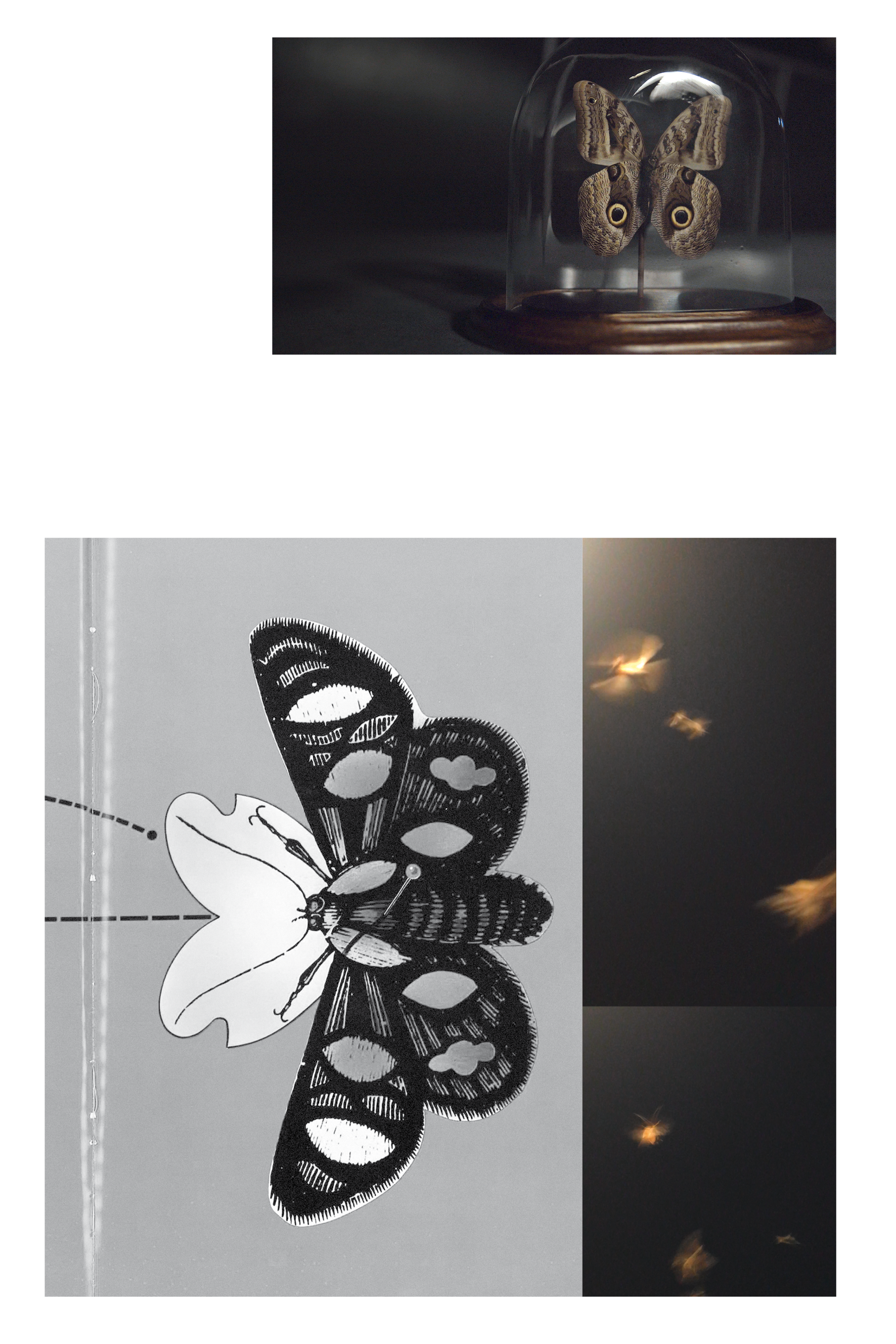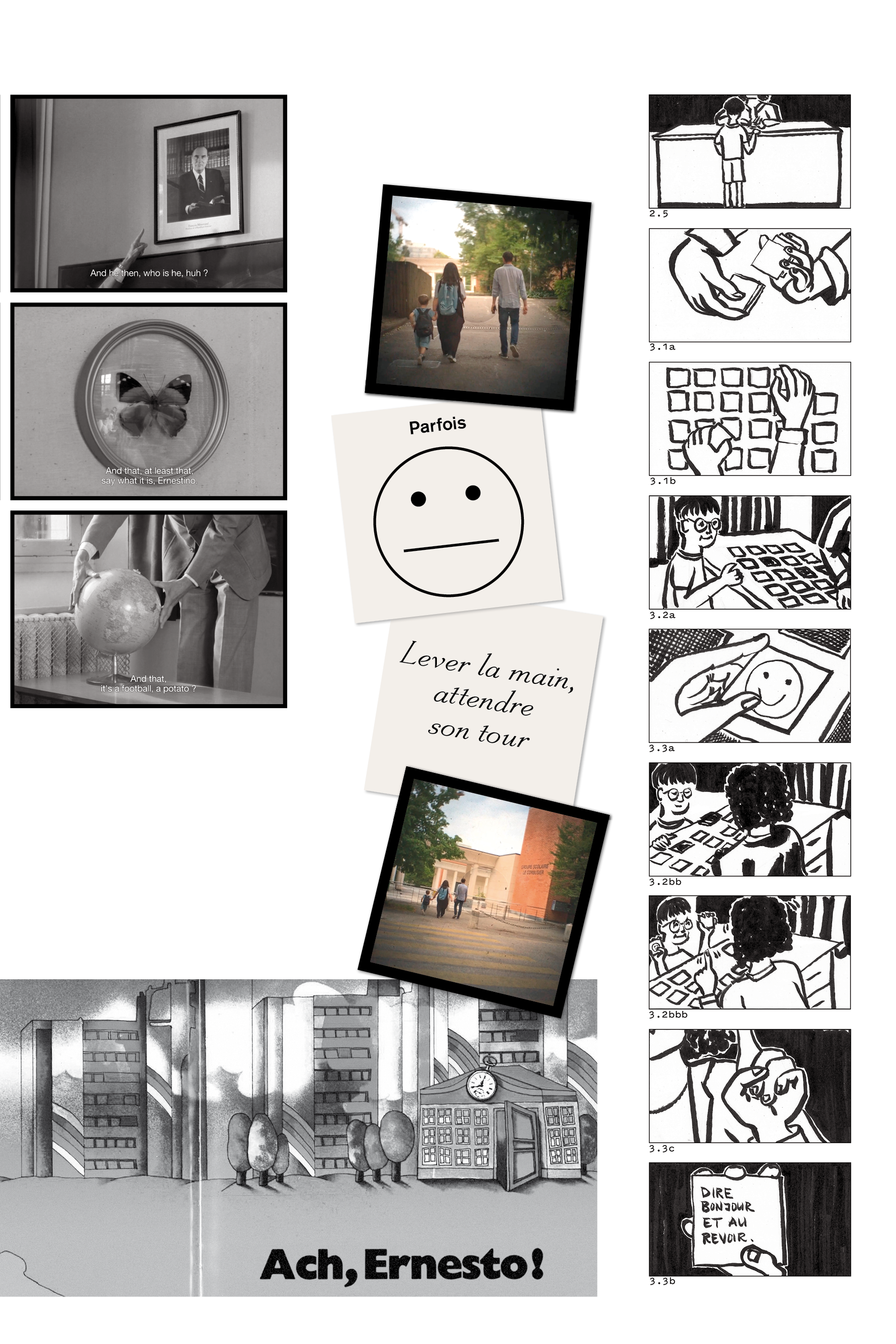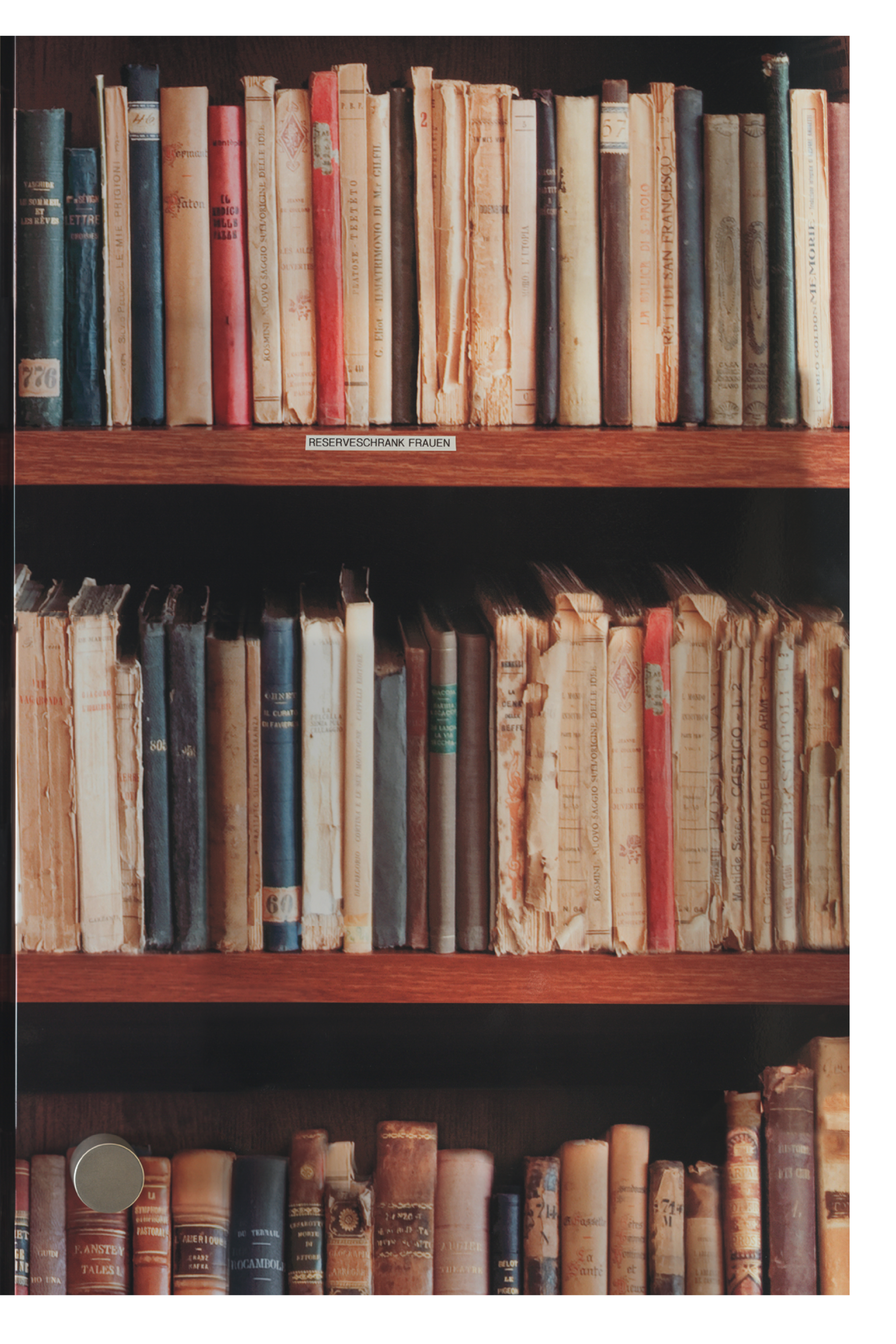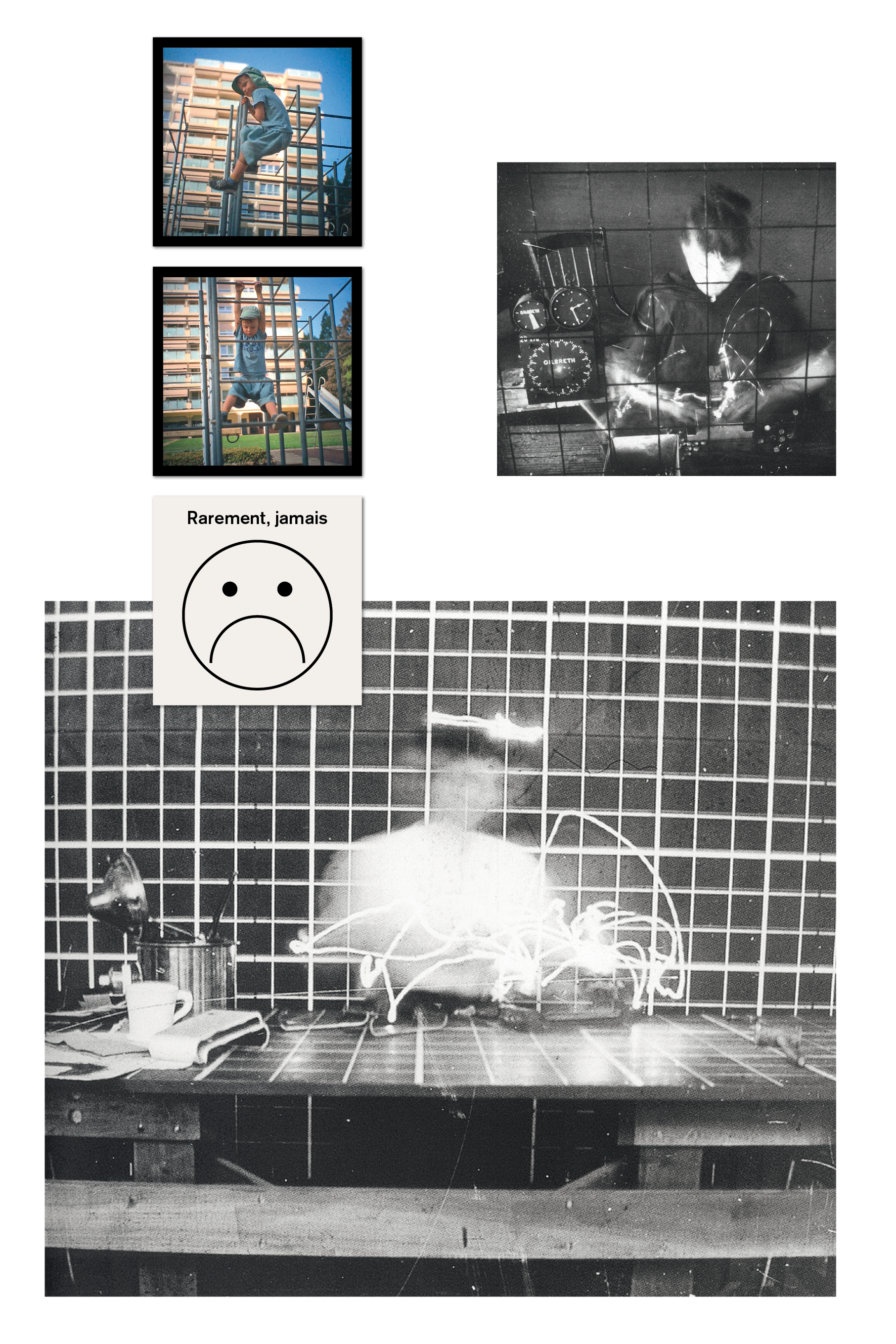In ‘The Sock’, Walter Benjamin describes in less than a page how he discovered a game as a child which crystallized, in his memory, into a vivid realization: he would rummage through the wardrobe for the socks which had been stuffed inside each other, which allowed him to put his hand inside what seemed like a pocket and touch the “little present” inside the “woolen mass”, before gently pulling it out – which revealed the sock and at the same time made the pocket disappear. “I could not repeat the experiment on this phenomenon often enough. It taught me that form and content, the veil and what is veiled, are the same. It led me to draw truth from works of literature as warily as the child’s hand retrieves the sock from ‘the pocket’.”111
The “Denkbild” or ‘thought-image’ in Benjamin’s work112 is both a form and an approach, a literary and philosophical genre of text which combines concrete observations and reflections into an experience which is simultaneously poetic and reflective. Thought-images demand something impossible: they attempt to use words to create an image that expresses something ineffable. The transformation of the pocket into a sock shows that one contains the other, but as a “little present” it always remains ungraspable, because the form (of the pocket, of the sock) transforms into the content. The Denkbild is not the sock but the development of the phenomenon in its sensual experience through the story. Unlike metaphors, the everyday objects and situations which spark Benjamin’s Denkbilder do not stand allegorically for an idea or a phenomenon. Rather, a thought-image appears only when there is a shift in the relationship between What and How, between the concrete experience (of the object or the situation), the communication (the sensory perception, memory, story), and the meaning (of the thought, the idea, the concept). As it becomes an image which touches us and moves us, this stimulates our thinking, as recipients. “What it gives us to think is precisely the ways in which it delivers an image not only of this or that particular content, but always also of its own folding back upon itself, its most successful failure.”113
In earlier versions of this fragment, the wardrobe from which the child pulled the socks is only the first of several cupboards which are described. Under the title “Cabinets”,114 Benjamin continues to explore his childhood memories of finding magical objects in concealment: the bookshelves with the forbidden fairytales, the locked cupboard full of presents, the hodge-podge of objects in his drawer, the massive kitchen dresser which only opened its wings to reveal an abundance of unusual crockery when guests were expected.
“Whatever was stored away kept its newness longer. I, however, had something else in mind: not to retain the new but to renew the old. And to renew the old—in such a way that I myself, the newcomer, would make what was old my own—was the task of the collection that filled my drawer.”115
Although Benjamin is describing concrete objects (stones, flowers, butterflies) from the collections he made as a child, I also read his Denkbild as a description of his epistemological project: he brings up the images of his middle class city childhood not in order to conserve them (let alone indulge in nostalgia),116 but in order to make use of memory as a productive force enabling us to capture – from biographical snapshots – a social, historical experience. Benjamin brings each specific everyday object or seemingly personal experience into a new context, into an unexpected constellation, making it legible as a sign of cultural, concretely historical meanings.
The Denkbild as an approach has influenced and motivated my research process in a variety of ways. As I investigated temporal perceptions and experiences, the thought-image allowed me to take very heterogeneous experiences as my material. The material from and around my case studies brought together objects of temporal orientation in different applications (e.g. the fertility tracker, the Time Timer,117 or the Alzheimer clock test), individual and social phenomena of temporal experience (e.g. stress, hyperactivity, disorientation) from the perspectives of different age groups, as well as media and means of recording and communicating these experiences (e.g. interviews, participant observation with or without a camera, archival material, etc.). Benjamin proposed a concept of experience which “alongside the acquisition of knowledge and sensory perceptions also [includes] the realms of dreams, of inner images, of states of transport, of wishful fantasies, and of memory.”118 It is precisely these interdisciplinary categories underpinning his concept of experience which have made Benjamin relevant to the current time, in which “new technologies […] have made the problem of changes in perception and experience so urgent,”119 as Detlev Schöttker has shown in his discussion of Benjamin’s reception.
My research process led to an expanded form of artistic engagement with the concept of the Denkbild: instead of the image emerging in the mind through description and through thinking (as in Benjamin’s work), I came across visible images which prompted me to think. What is it that these thought-provoking images do? Something is striking, something remains, and this something means that I keep coming back to the images and thinking about them. These impressions require time, they require me to pause or to look at them repeatedly, because the images give me the feeling that there is more hidden in them than is visible at first glance. Such images are the raw material: something still has to happen to them, or rather, they can only become Denkbilder if they are transformed in the process of being perceived, and thus transport an experience [D is for Denkraum, for Darkness]. That requires a mode of perception in which viewers engage in different ways of seeing (e.g. by changing perspective, shifting the proportions, distorting the relationship between space and time, creating ambiguous relationships, etc.)
The built-in cupboards disguised by wallpaper in the common areas in the care home seemed to be a ‘readymade for a visual Denkbild’. These cupboards, as well as the doors of lifts and exits, are covered with photorealistic images so that patients only perceive the surface of the image rather than the space behind it, and stop wanting to check what is behind the doors. This is a measure used to calm people, partly for patients who are constantly looking for a way to get out (to get home), and partly for patients who develop compulsive habits (such as opening cupboard doors) because of their loss of short-term memory.
While in the past, patients were usually calmed down using medication, in more recent approaches to care, various forms of (visual) deception are employed. What makes the choice of the library cliché surprising and contradictory is the implied function of the trompe-l’œil: the spines of the books represent a dusty library from the last century and were deliberately made to look like bookshelves from the patients’ youth, as a manager told me. However, if the optical illusion is successful, there is a danger that the measure will cause additional confusion if someone actually wants to reach for a book. The assumption seems to be that old bookshelves are seen purely as decorative furnishings.
I experimented with the potential of this trompe-l’œil as a way of experiencing a Denkbild spatially, as part of an installation in the exhibition space Kulturfolger120 in Zurich, under the same title as the film-essay. How can a thought-image emerge in a spatial constellation (volume, light, textures, sound, obstacles, etc.)? How can nonlinearity itself, in the way we move through a space, be used to show or communicate an experience? How are bodies, movement, and thought connected in this reception situation?
The exhibition space Kulturfolger was once a clothes shop, as can still be seen from the old lettering above the shop window, which reads Ladies’ Stockings and Men’s Trousers Shirts Overcoats. In the first, relatively narrow anteroom, the entire length of the wall is covered with wallpaper with a photographic reproduction of the built-in cupboards disguised as bookshelves. In the wall, and therefore also in the image, there is a barely recognizable doorway into the back room. In this darkened projection room, two videos run in parallel [Z is for Zettelkasten]. From the anteroom, some noises, sounds, and the whispering voices on the soundtrack can be heard softly through the wall.
When visitors enter the exhibition space, they are initially confronted by the fake bookshelves, without knowing where they come from or what they are for. When they come closer and move back again, viewers might notice some clues regarding the trompe-l’œil. Thus, for example, flaws in the original bookcase-wallpaper become visible (repetitions of the same books, elements which are back-to-front, incorrect perspective, etc.), and small clues (such as the handles of the cupboards, or labels reading Spare Cupboard Men, Spare Cupboard Women) reveal that this is a double reproduction: an image of an image of bookshelves. Only those who then discover the hidden door and find the film sequences showing the disguised cupboards will find out where the image on the wall comes from. Leaving the exhibition, visitors have to go through the bookshelves again, this time from the other side – and perhaps they will look at it again and see it differently. The entanglements and the rooms within rooms that become discernible when visitors enter the space and look around it, but also when they remember what they have seen, are designed as prompts to think about the physical layering of time in volumes [J is for Juxtaposition], and their various levels of permeability: from shop windows to buildings and books.
